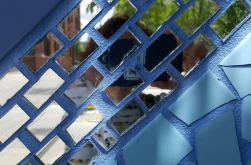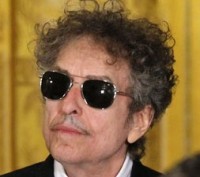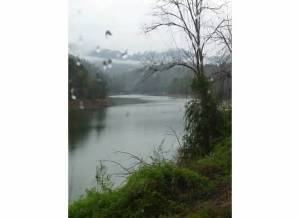 The blooming flowers that once filled the thin glass vase are forgotten. I don’t remember the day I slid it into an empty place on the shelf under the kitchen sink, where it has sat for a decade and become the go-to location to rid a pocket or a purse of bothersome loose change.
The blooming flowers that once filled the thin glass vase are forgotten. I don’t remember the day I slid it into an empty place on the shelf under the kitchen sink, where it has sat for a decade and become the go-to location to rid a pocket or a purse of bothersome loose change.
I don’t have the answer for what drove me to resolve that when we got to a certain pivotal time in our lives, we would make a trip Down Under as a way to celebrate our family ties and individual accomplishments, and kick off the era of Whatever Comes Next. I can’t recall the moment I designated the vase’s content “The Australia Fund” to assist with this plan, but that’s what we’ve called it for what seems like Always.
Time and again we’ve filled the vase with pennies (so many pennies!), nickels, dimes and quarters, as well as a fair number of foreign currencies that deceptively resemble their U.S. counterparts. We’ve emptied it less frequently – pouring money into a bag to be counted, the sound of its flow like a small, silver waterfall – and each occasion with satisfaction that our efforts have literally added up to something.
The pivotal time has arrived. This year we’ve marked significant birthdays and graduations and anniversaries and other milestones. We stand at a wide open doorway, on the threshold of Whatever Comes Next. I’m exhilarated and scared. And now among our life events is this: the coins we collected and counted have mattered; they’ve continued to add up to something. I’ve combined them with money I’ve squirreled away from a decade’s worth of work endeavors. I’ve bought the tickets. I’ve made the plans. The inveterate road-trippers are going abroad; our children will use their passports for the very first time. As we like to say, “This is what we’ve trained for, people.” We leave today.
Amid the preparations – mixed with my wonderment that we’re actually taking this trip and my expectation that my children realize this journey is a gift and a privilege, a doorway of its own — I’ve been considering how one of the best, and worst, aspects of being human is our ability to dream. What a fantastic capacity we possess.
I know that each of us learns quickly and in her own way that not all dreams come true despite our dedicated efforts to make them so, and the pain of dreams deferred or unrealized powerfully affects a person, in deep and meaningful ways. I also have learned that sometimes our fulfilled dreams come with ramifications we didn’t foresee, outcomes we couldn’t possibly expect or prepare for.
But this aging, wanderlusty, optimistic pessimist and romantic can’t imagine a life without dreaming.
For me, collecting loose change in an old flower vase stowed under the kitchen sink has reminded me one can live her life to the fullest while nurturing the seeds of a dream. With planning, focus, work and a little luck, that dream may blossom and give life a range of new perspectives. (To state the obvious, my dreams are mostly of travel, of testing myself and learning new lessons, of meeting all sorts of people, of furthering my sense of awe about the marvel that is our planet. And writing about it all.)
Today, I hope that the past decade of investing in The Australia Fund has shown my kids a way to realize whatever dreams they may have. I hope it’s assured them that their dreams are worth working toward, and taught them to savor both the effort and the accomplishment. I hope they know that a dream can be planted in the smallest of places, seeded like the first pennies to clink against the bottom of a glass vase placed under the kitchen sink.
Whatever your own dreams may be, I hope you know this too.






